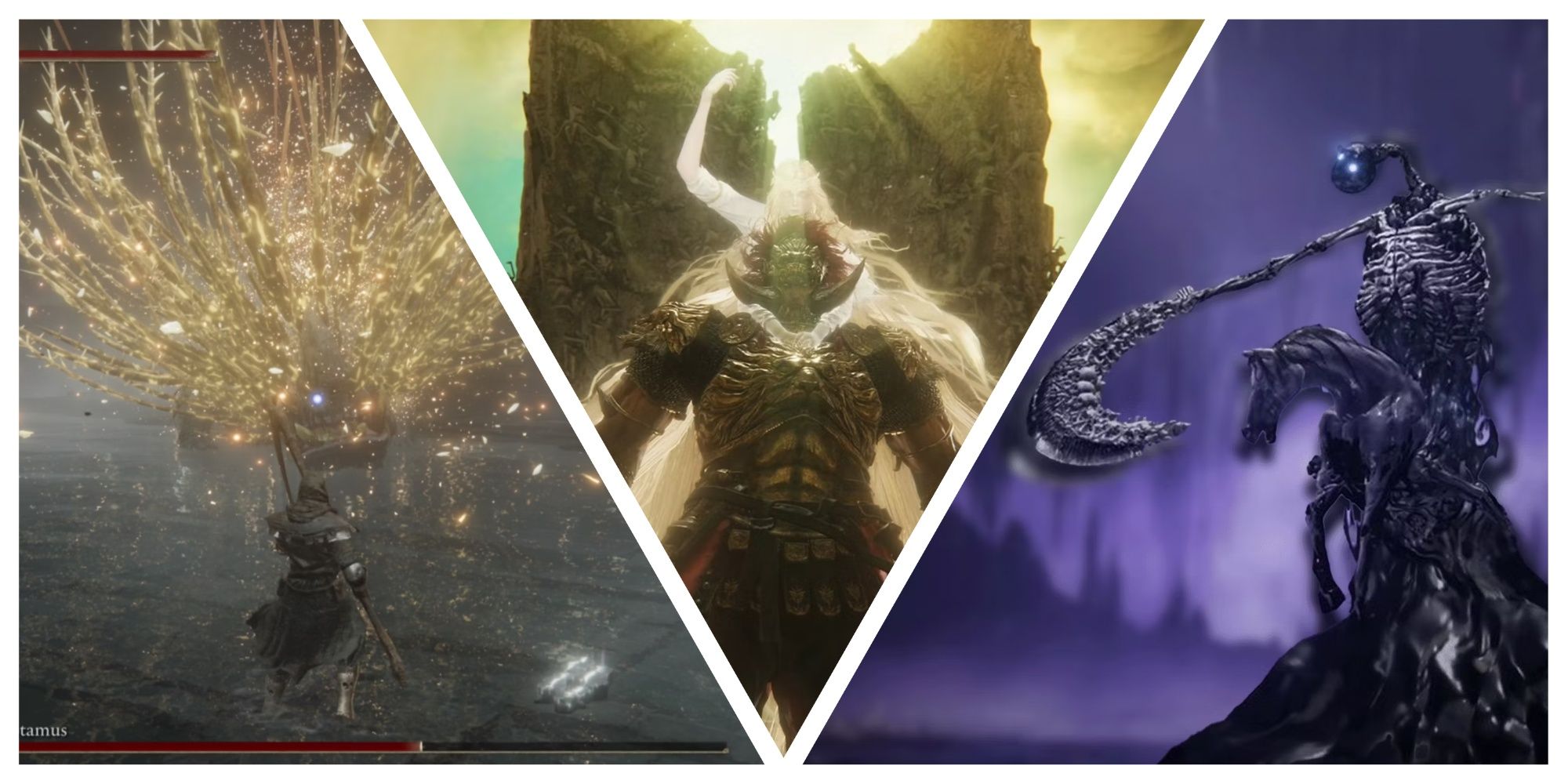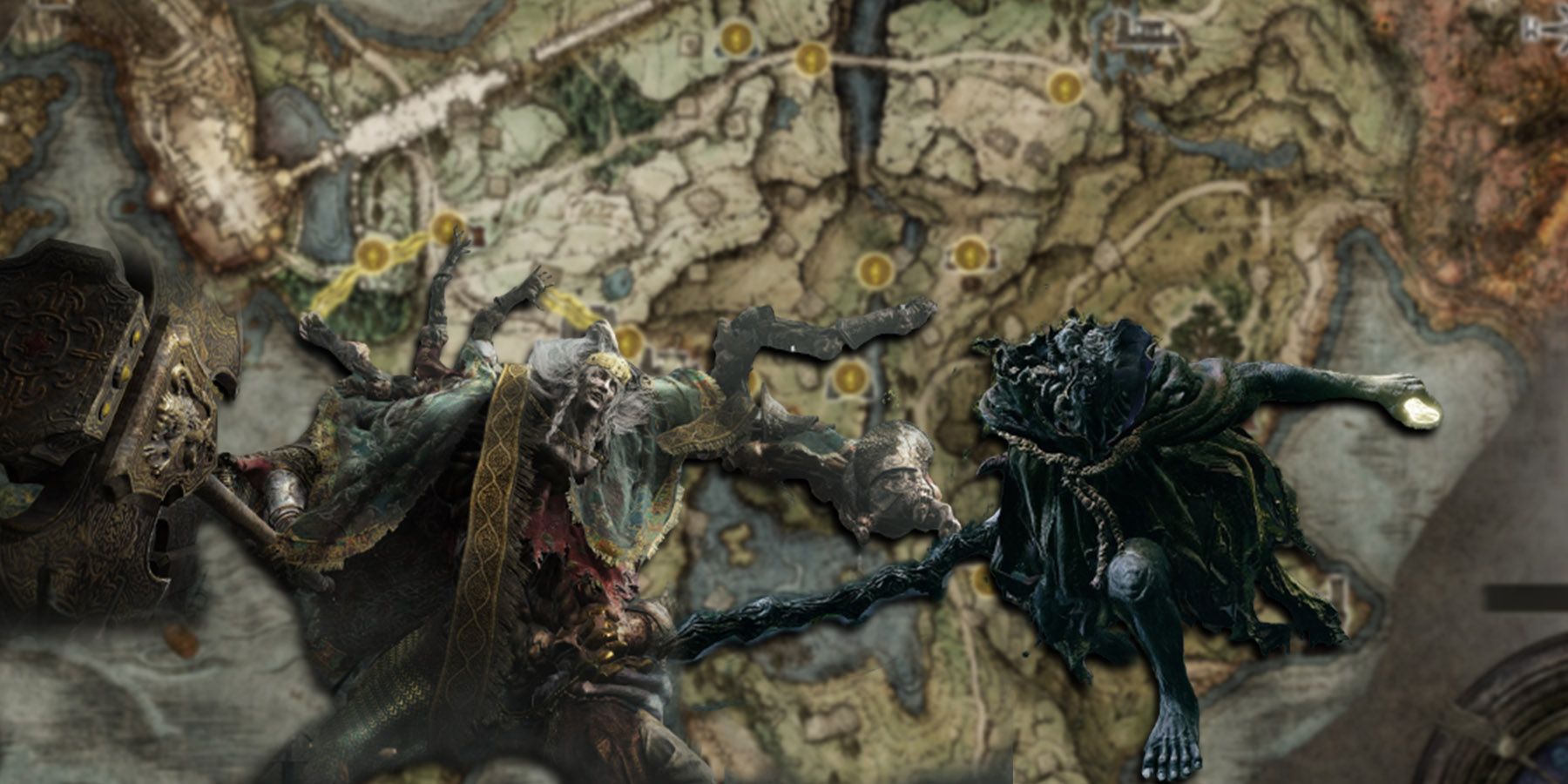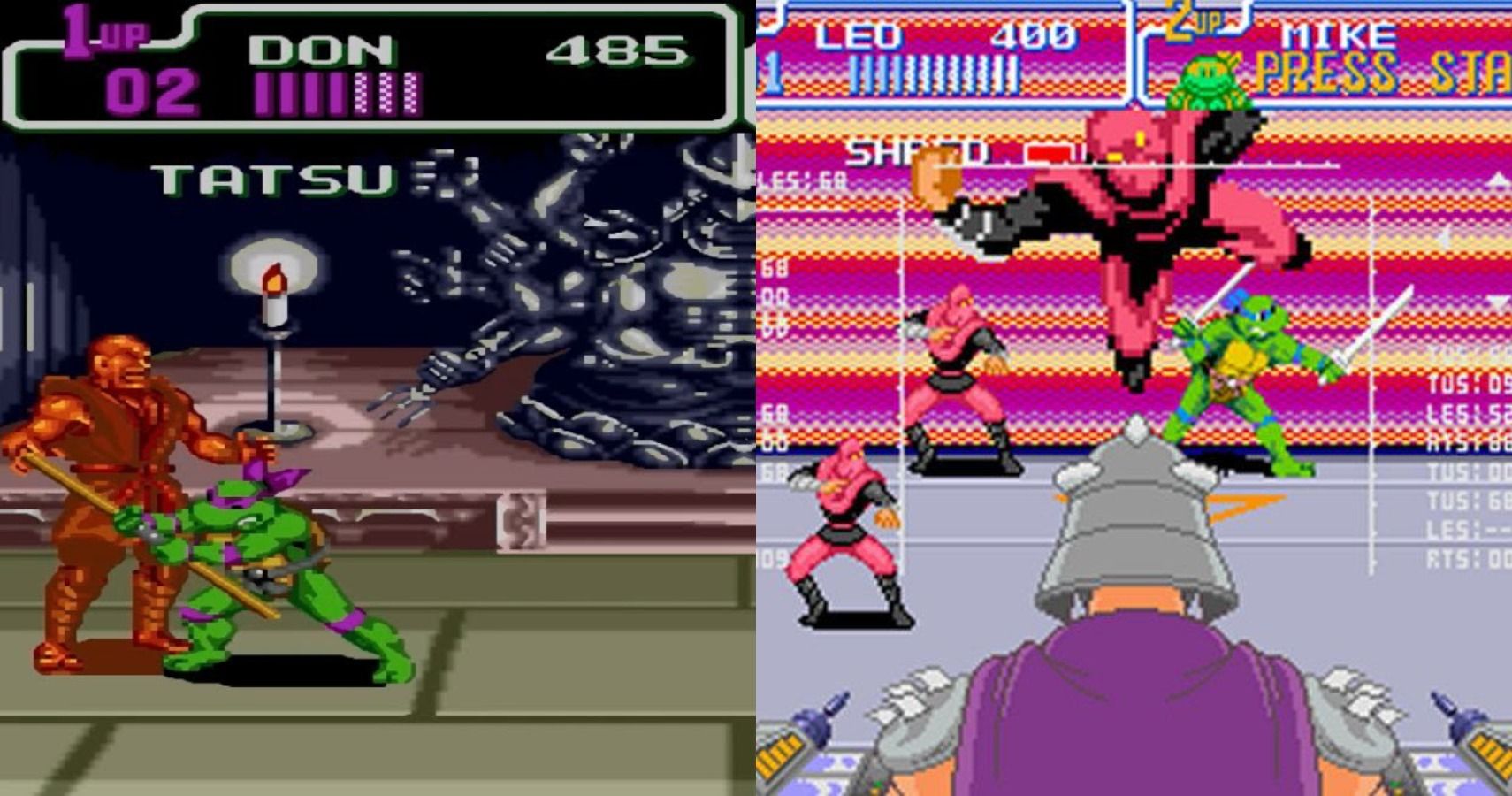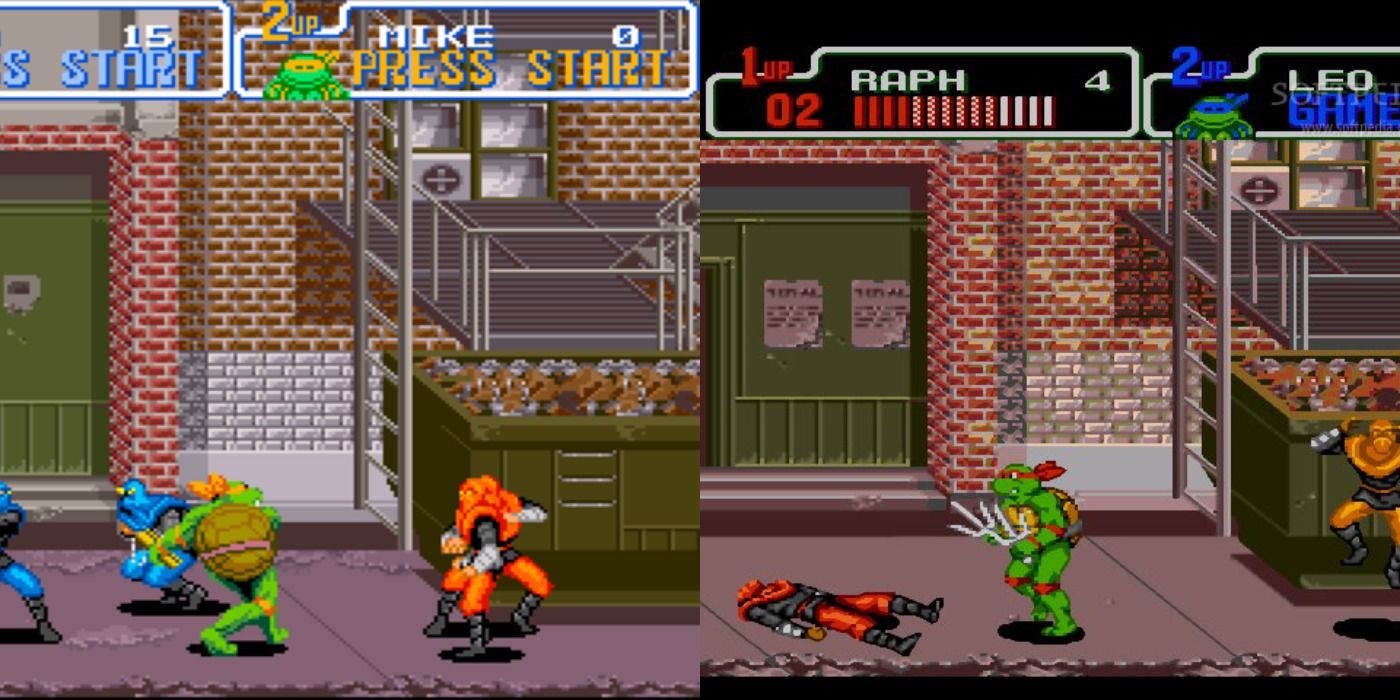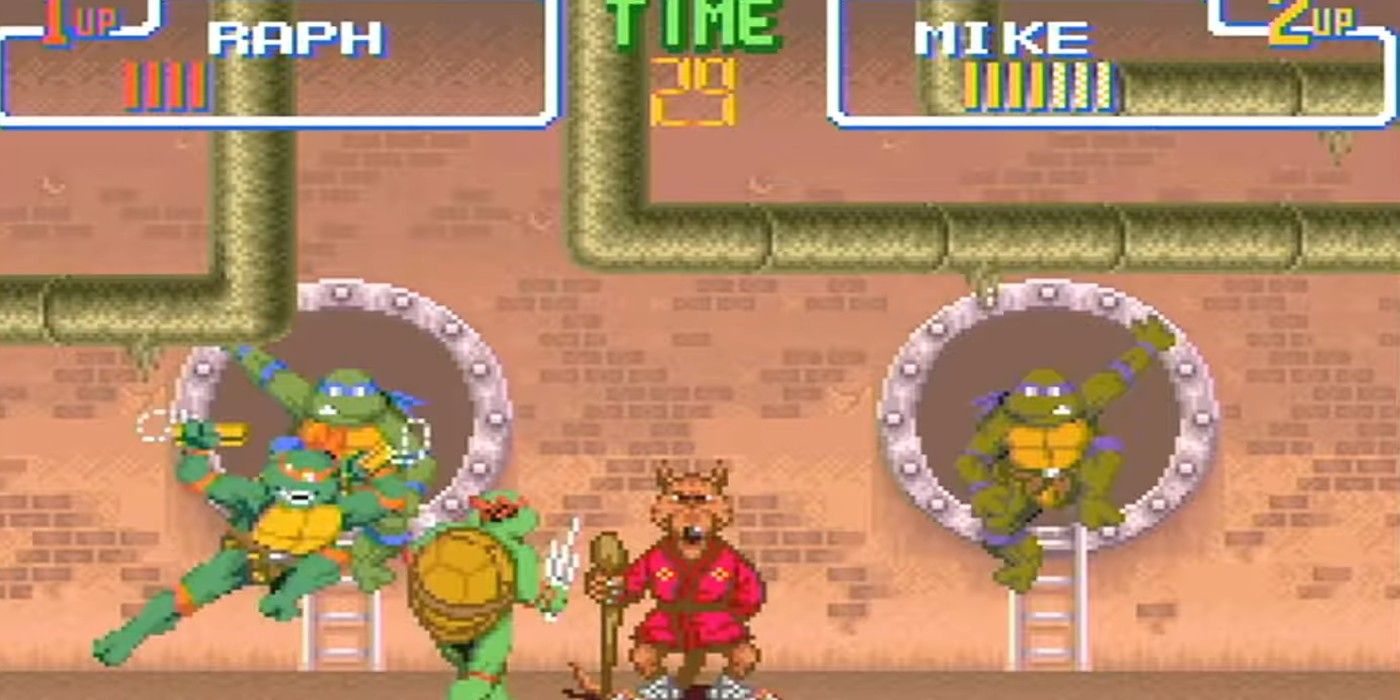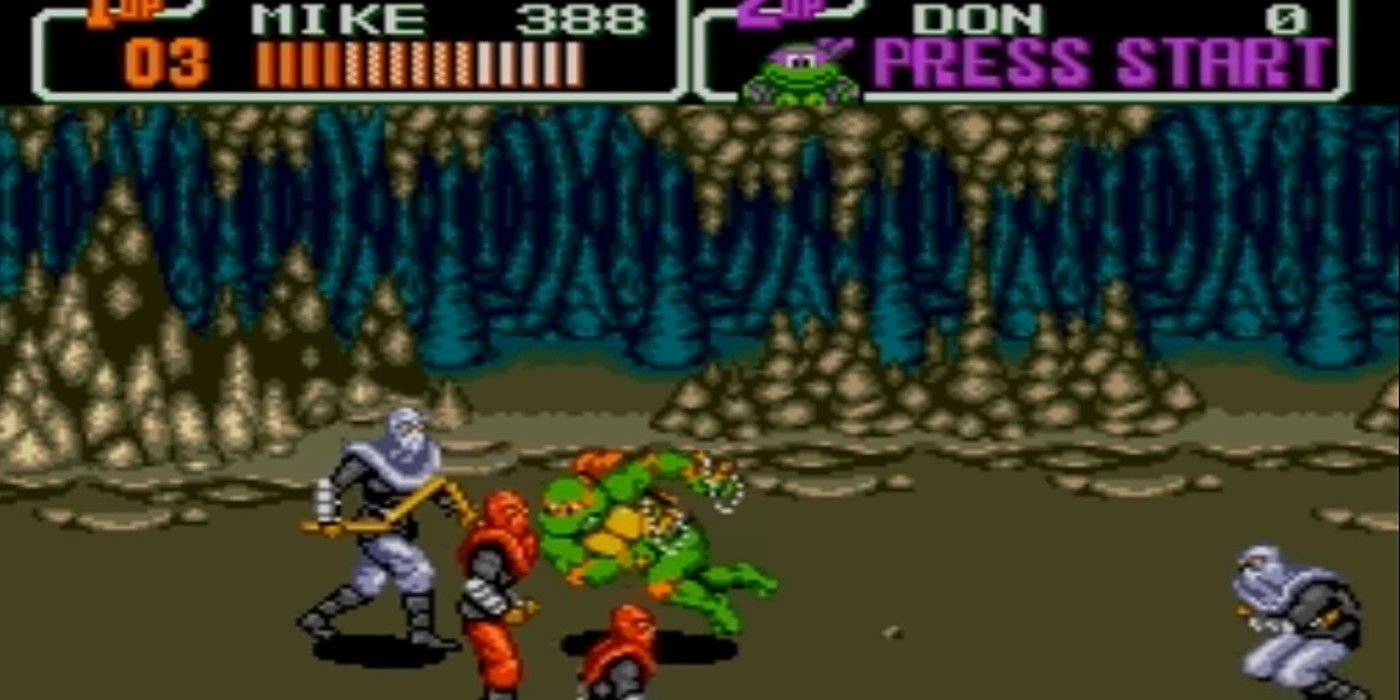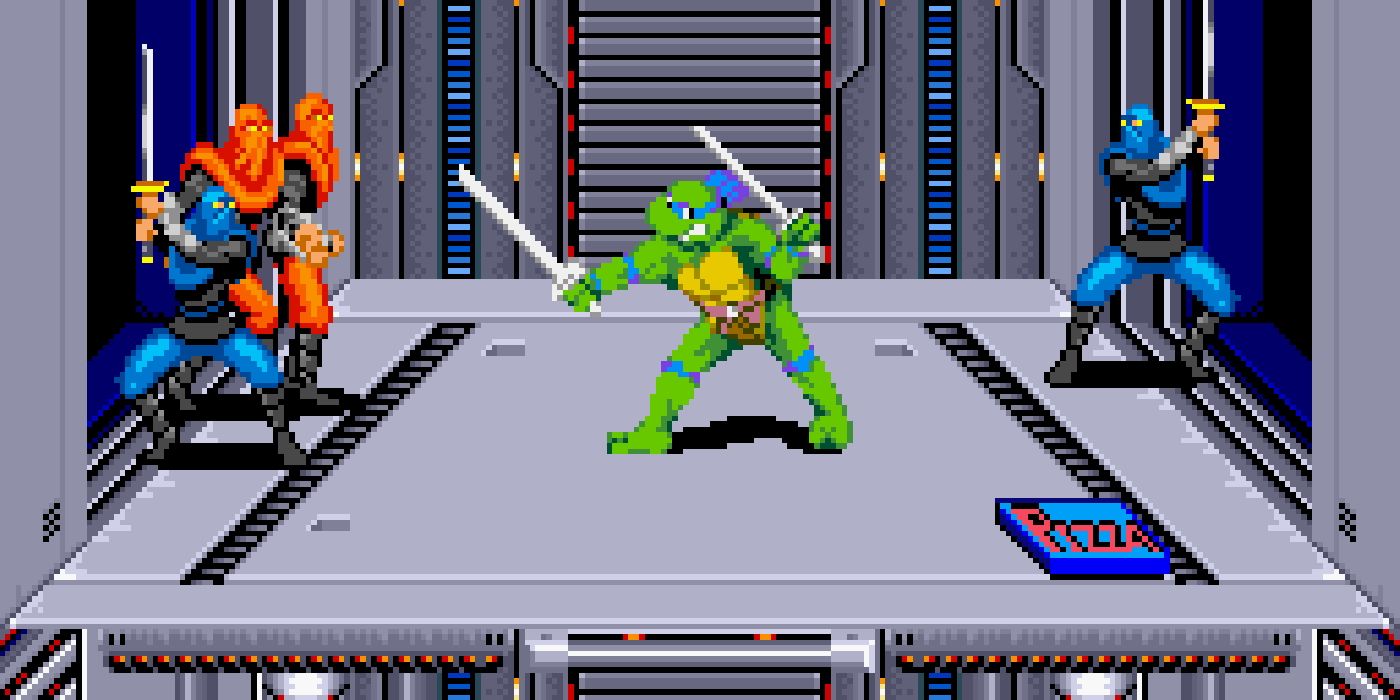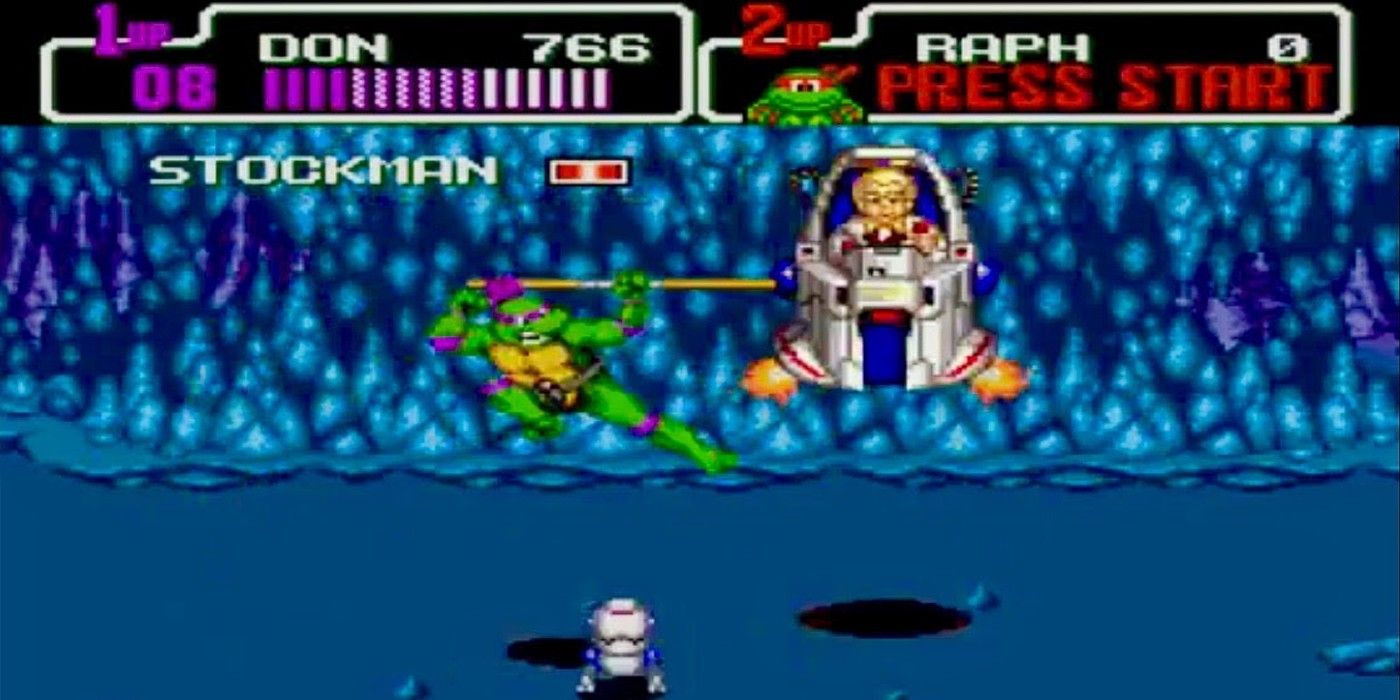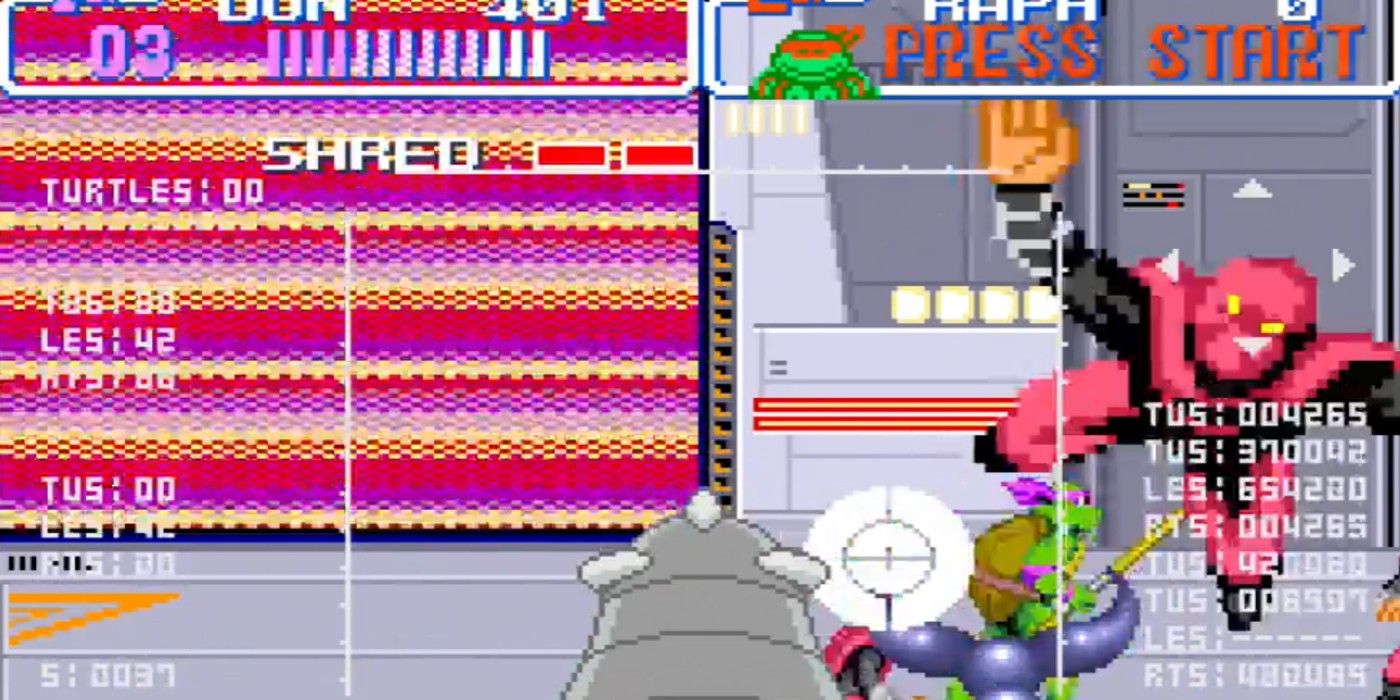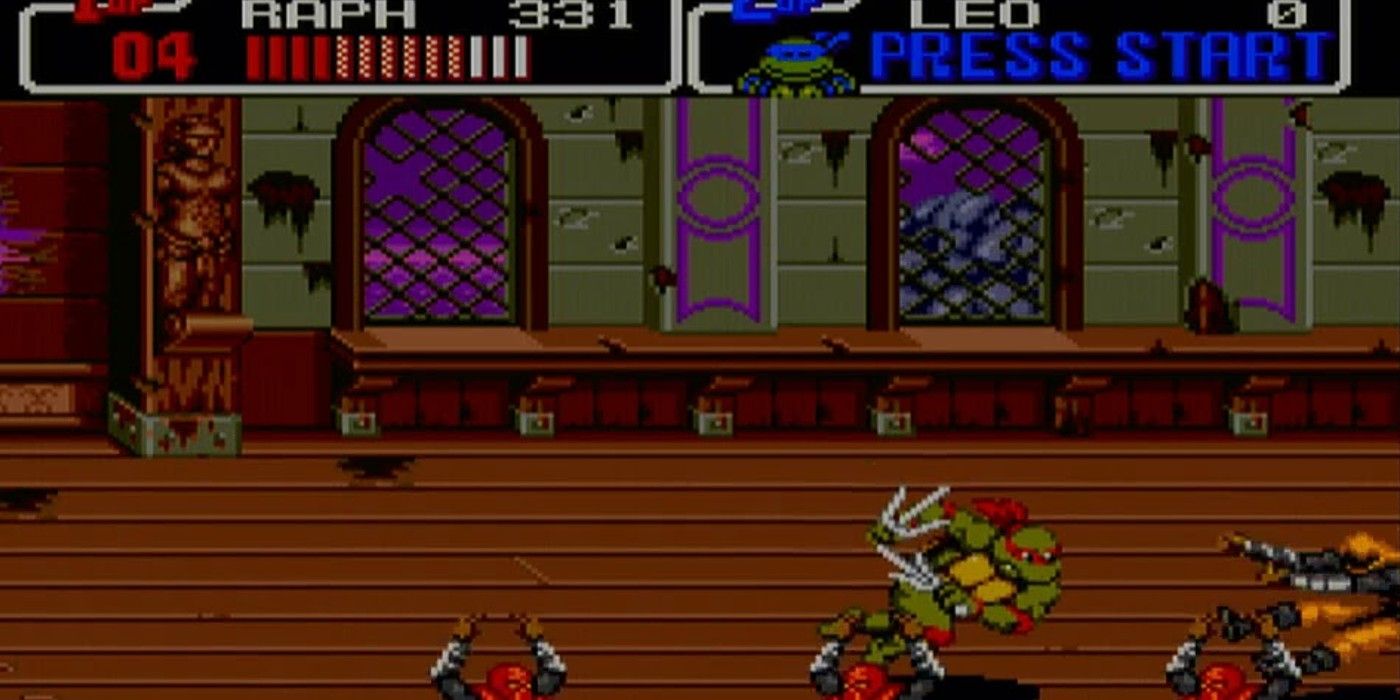Turtle mania has once again been kicked into high gear with the recent announcement of a spiritual successor to TMNT: Turtles in Time, known as Shredder's Revenge. Much like the SNES title in question, the game will look to be a blast from the past, and harken back to the charming arcade roots of the Teenage Mutant Ninja Turtles.
As it happens though, this won't be the only game reminiscent of that SNES hit. As fans of Genesis are well aware, Sega's console had its own version of a 16-bit Turtles sidescrolling brawler.
That game is Hyperstone Heist. The lesser-known Turtles romp is sort of a unique "third pillar" alongside the arcade and SNES version of Turtles in Time. Unlike these games though, Hyperstone Heist is its own entity, going in its own direction despite some overlap with its SNES counterpart and both being developed by Konami. It certainly wasn't a direct port.
Being both similar and distinct, and residing on competing consoles, it's hard not to draw comparisons between the two. Both are regarded as two of the greatest TMNT games ever made. Each has its own fans, as both versions offer pros and cons while containing some exclusive features and content.
This list will venture back to the 90s and explore every subtle, and not-so-subtle difference in these two bodacious beat-'em-ups.
8 Music, Performance, And Visuals
While the visuals, music, and sound design of both games are quite close, there are some slight differences in quality. The graphics vary, but actually favor the Genesis slightly when it comes to the Turtles' sprites.
As a whole, these visuals tend to "pop" and appear a bit sharper. Part of this can be attributed to the slightly better resolution of the Genesis. Not only this, but the framerate holds up better and runs more smoothly in those particularly action-packed moments of Hyperstone Heist. But where Turtles in Timedoes have an edge is its lusher multi-layered backgrounds.
Turtles in Time also reigns supreme in terms of music and sound design. There's a more dynamic, detailed nature to the sound effects and music, while Hyperstone Heist has a generally flatter, more compressed sound. This can be traced to the SNES' superior sound chip, the Sony S-SMP.
7 Some Unique Enemies
Though both titles come with many of the usual Turtle villains including the Foot Clan, Turtles in Time has a wider range of soldier types. This includes soldiers wielding chain whips and bombs. The only unique variant in Hyperstone Heist is a fire-breathing soldier.
The SNES also bests Hyperstone Heist in terms of its boss lineup, which stands at 11 compared to the Genesis' 6. Hyperstone Heist does not feature Metalhead, Rat King, Slash, or Bebop — though interestingly has Rocksteady flying solo.
Meanwhile, Hyperstone Heist features Shredder's right-hand man Tatsu, who's MIA in Turtles in Time.
6 Time Trial And Versus Fight Mode
Both games run fairly short, but Hyerstone Heist is further truncated by its lack of other modes outside of its basic campaign. This campaign does include a solo or two-player option, of course.
However, Turtles in Time boasts an added Time Trial mode, where solo players must scramble to take out a series of foes on-screen within a certain time limit. There's also an amusing versus mode, which plays a bit like a diluted version of the SNES fighting romp TMNT: Tournament Fighters.
5 A Dedicated Run Button
One area of Hyperstone Heist that almost undoubtedly excels over its rival is the use of a dedicated run button. Running is possible in Turtles in Time, though players must double-tap the directional pad and wait a bit for the dash to kick in.
In Hyperstone Heist, players can simply hold the C button to dash, making controls in this frantic game a bit sharper and more streamlined.
4 The Length Of Stages
Hyperstone Heist is lacking in the number of stages — clocking in at just five compared to ten for its SNES brethren. However, the Genesis game does boast longer stages. Trekking through a single stage can take several minutes, and most are fitted with a number of unique rooms and areas. One example is the Mysterious "Ghost Ship," which eventually gives way to a distinct cave. In this case, the cave can almost be considered its own stage.
Most are roughly twice as long as the stages in Turtles in Time, meaning that both games run about the same time at roughly an hour.
3 Pacing And Difficulty
Both of these games can be considered arcade fighters, but Hyperstone Heist really adheres to this style with its faster, more frantic pacing and its tougher difficulty overall. The enemies in Hyperstone Heist generally scurry about and attack more quickly. This can make it tougher to stay on top of the many skirmishes and land special moves effectively.
This is reinforced in bouts like the end of the Gauntlet, which throws stronger versions of Leatherhead, Rockstead, and Tatsu at players after already defeating them earlier.
2 Tossing Foot Soldiers
Yes, one of the most satisfying parts of Turtles in Time is missing from Hyperstone Heist. While players can still dash into foes and slam them back and forth, gone is the ever-fun ability to heave foot soldiers at the screen.
Naturally, this means that the epic Shredder faceoff — which has players use foes as missiles by tossing them at his battletank — is absent from the game.
1 (Mostly) Different Stages
Not only are the lengths of each stage different, but most of the levels themselves are quite distinct from one another in Turtles in Time and Hyperstone Heist.
Both games overlap in featuring the introductory New York stage — which also holds a revamp of "Alleycat Blues" in the Genesis game. Both games also have the iconic "Technodrome" stage. In Hyperstone Heist though, "The Final Shellshock," which is the last stage, is actually a rebranding of SNES' "Starbase: Where No Turtle Has Gone Before."
This is mostly where the commonality ends. In the SNES game, the Turtles find themselves spiraling through time and fighting their way through different locales from the past and future. This includes a Stone Age-themed level, a Pirate Ship, and a Wild West romp, and an exhilarating Mode-7 ride towards a futuristic city.
Hyperstone Heist replaces these time-traveling areas with the aforementioned "Ghost Ship," a lengthy cavern, and the Japanese-themed "Shredder's Hideout."

